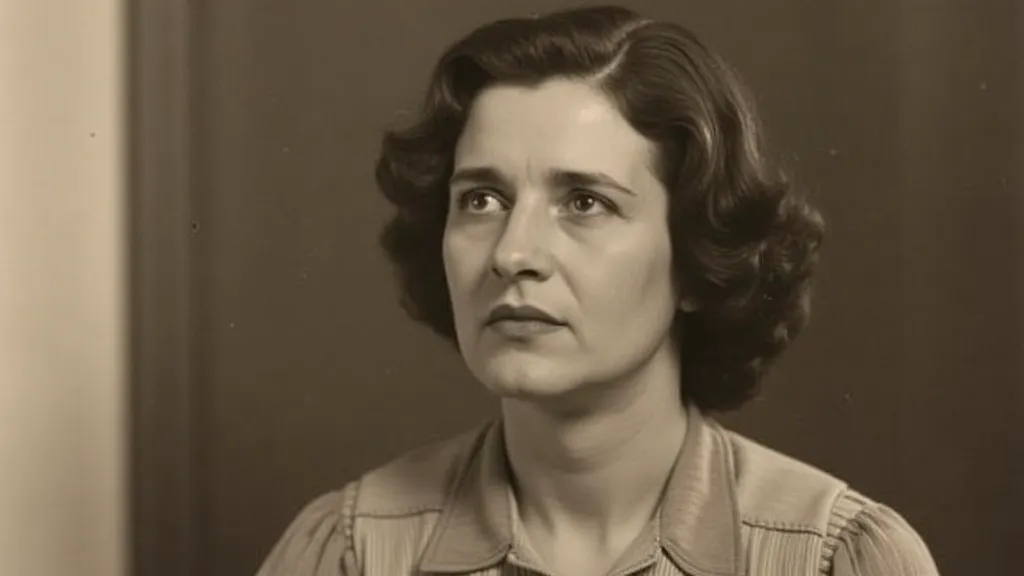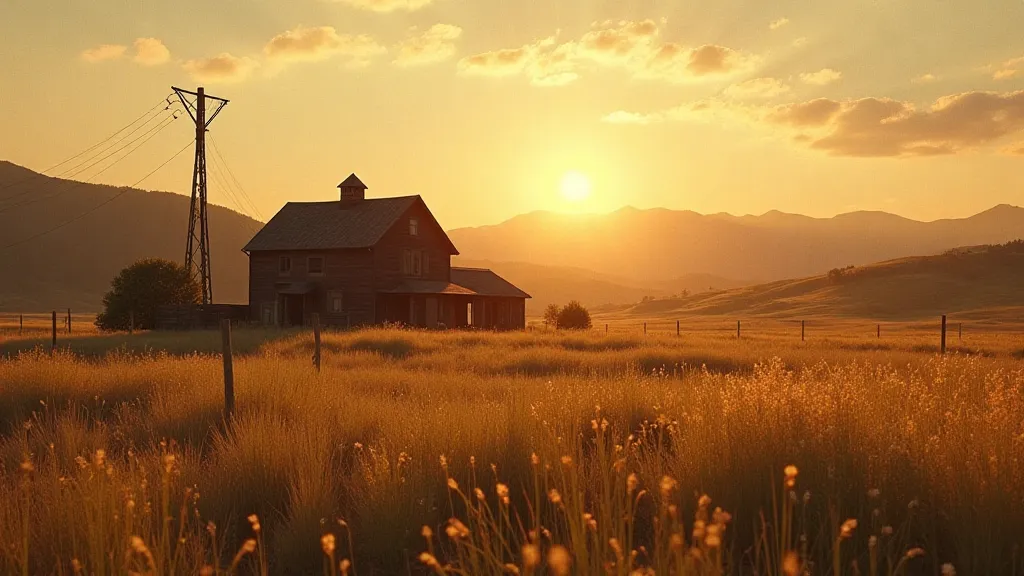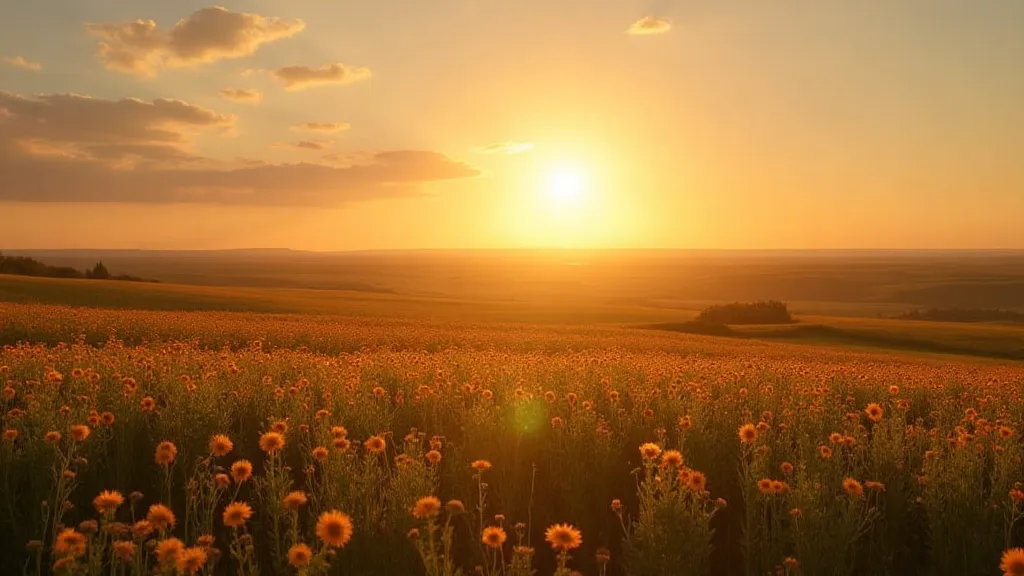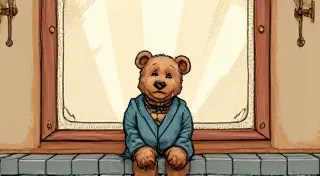The Quiet Charm of 'Little House' Author Laura Ingalls Wilder’s Lesser-Known Titles
Laura Ingalls Wilder is virtually synonymous with American pioneer life, thanks to the enduring popularity of the "Little House" series. While "Little House on the Prairie" remains a cornerstone of children's literature, it’s easy to overlook the other titles Wilder penned throughout her career. These books, often imbued with a quieter sensibility and deeper reflection, offer a richer and more nuanced understanding of her experiences and her vision for children’s literature.

'Farmer Boy': A Celebration of Rural Life
Published in 1933, 'Farmer Boy' predates the height of the “Little House” craze but provides crucial context for understanding the Ingalls family’s connection to the land. Unlike the often challenging circumstances depicted in the later books, 'Farmer Boy' portrays a life of relative abundance and joy on Almanzo Wilder’s family farm in upstate New York. It's a vibrant and detailed account of farm work, seasonal rhythms, and family relationships. While it lacks the immediate drama of some of the prairie narratives, its celebration of hard work, close-knit family, and the beauty of the natural world remains deeply appealing. The book is less about survival and more about appreciation – a welcome change of pace for young readers.
'These Happy Golden Years': Love and Loss on the Prairie
Moving beyond the straightforward recounting of events, 'These Happy Golden Years' delves into the budding romance between Laura and Almanzo, alongside the hardships of early marriage. Published in 1943, it offers a more intimate and complex portrayal of the couple's life. The trials and tribulations faced by Laura and Almanzo, including crop failures and Almanzo's accident, are handled with a sensitivity that resonates deeply. It's a valuable addition to the series, providing insight into the challenges of building a life together during a difficult era.

'The First Four Years': A Raw and Honest Account of Struggle
Perhaps the most overlooked of Wilder's works is 'The First Four Years,' initially rejected by publishers for being "too mature" and “too honest”. This 1971 publication, written decades after the "Little House" books, is a stark departure from the generally optimistic tone of the earlier narratives. It meticulously documents the struggles Laura and Almanzo faced in the early years of their marriage, detailing financial hardship, crop failures, and the constant threat of poverty. The book's rawness and unflinching portrayal of hardship offer a powerful counterpoint to the idealized image often associated with pioneer life. While potentially challenging for younger readers, it offers a crucial perspective on the resilience of the human spirit and the enduring power of love and perseverance. The writing is wonderfully evocative; it’s a true testament to Laura’s skill as a storyteller, even in depicting difficult times.

Why Read Beyond ‘Little House on the Prairie’?
While "Little House on the Prairie" undoubtedly holds a special place in children’s literature, exploring Wilder’s complete body of work provides a more complete and nuanced appreciation of her talent and her vision. These lesser-known titles not only enrich the overall narrative of the Ingalls family but also offer valuable insights into the complexities of pioneer life, the challenges of marriage, and the enduring power of the human spirit. They’re a testament to Laura Ingalls Wilder’s legacy as a gifted storyteller and a keen observer of the American experience. Rediscovering these often-forgotten titles is a worthwhile journey for any lover of children's literature and American history.





